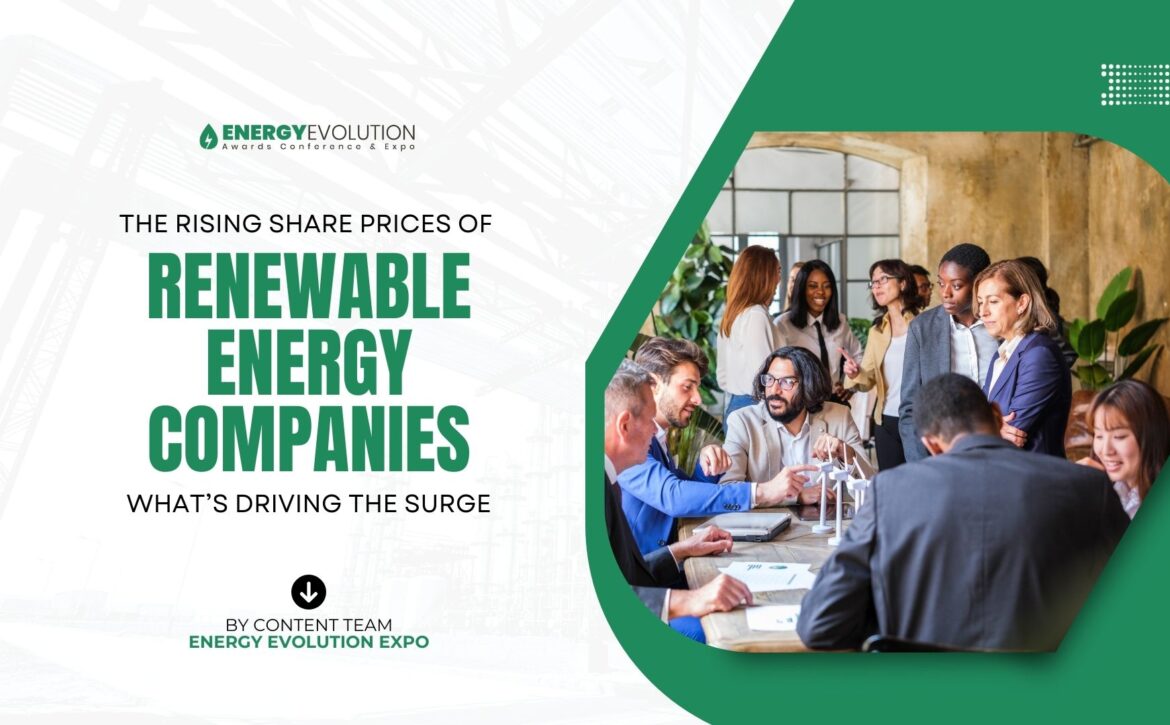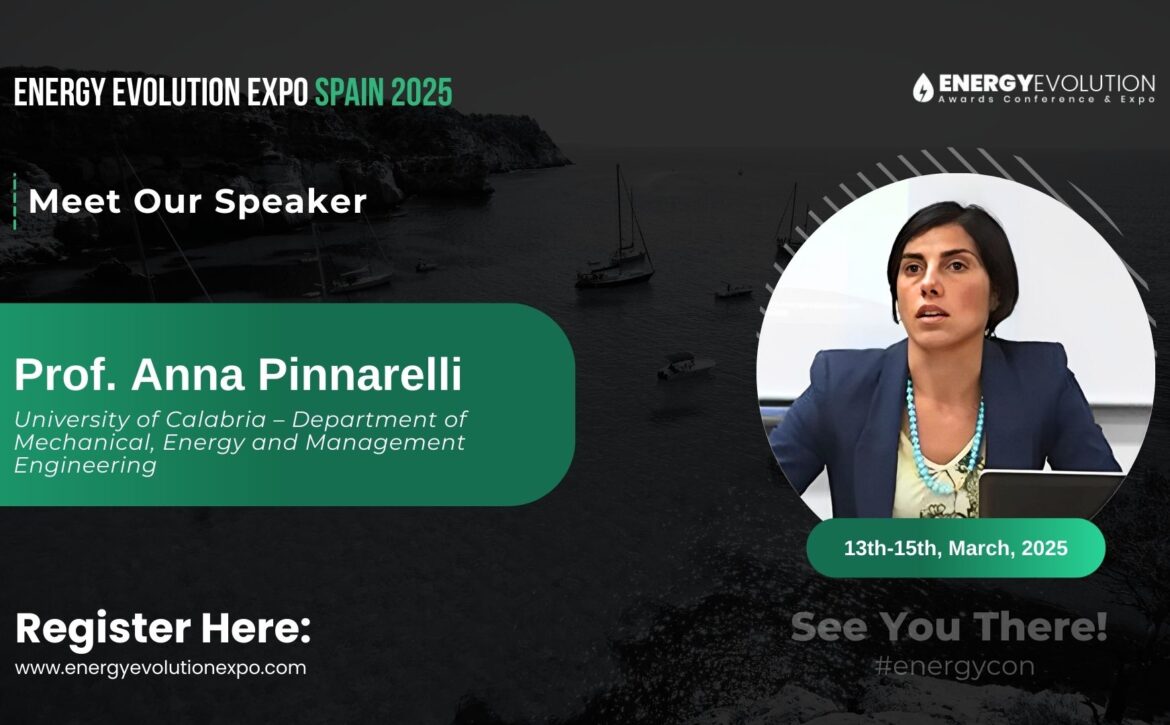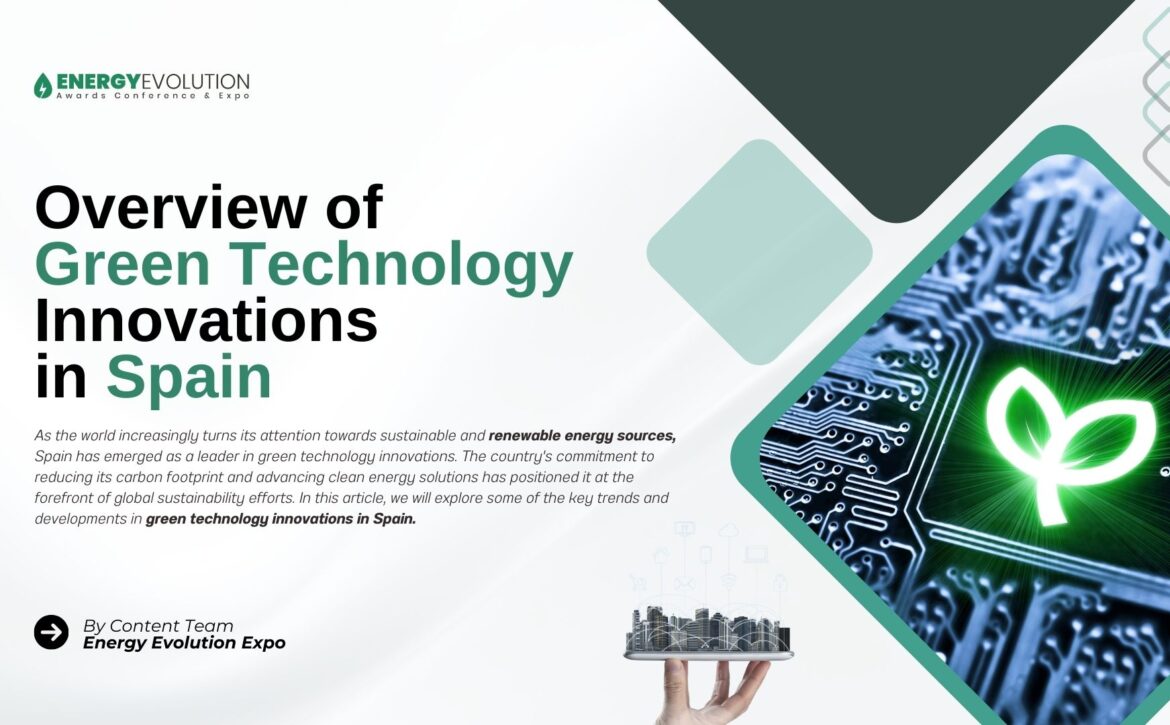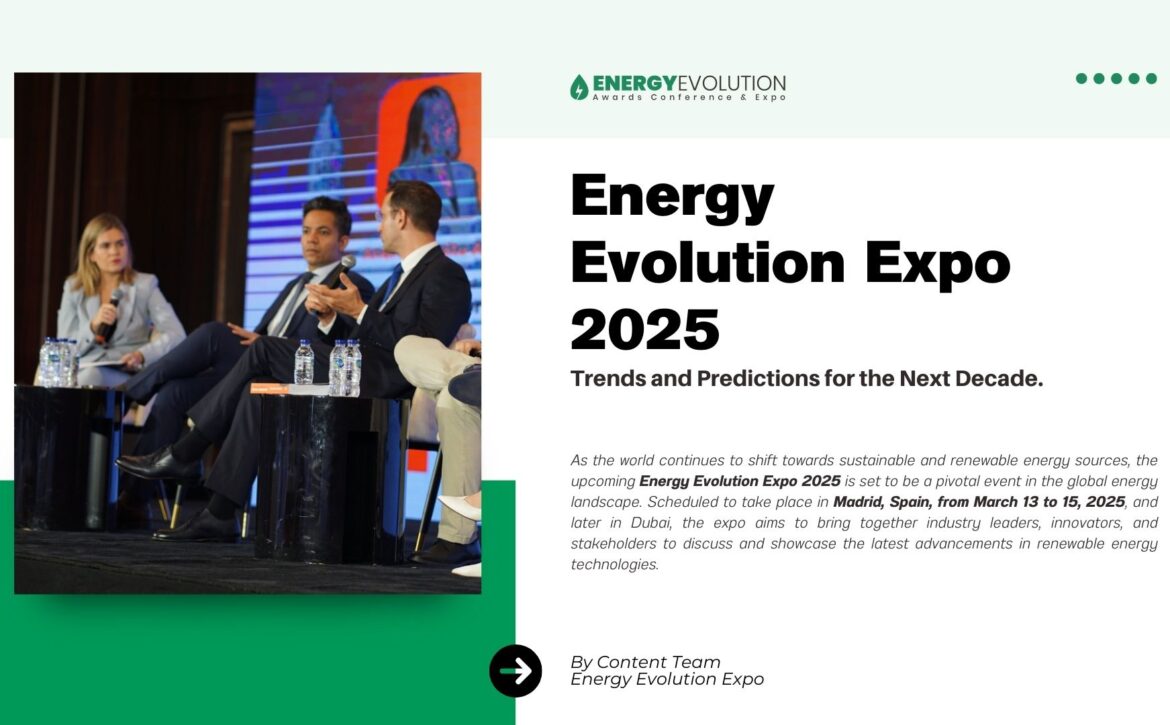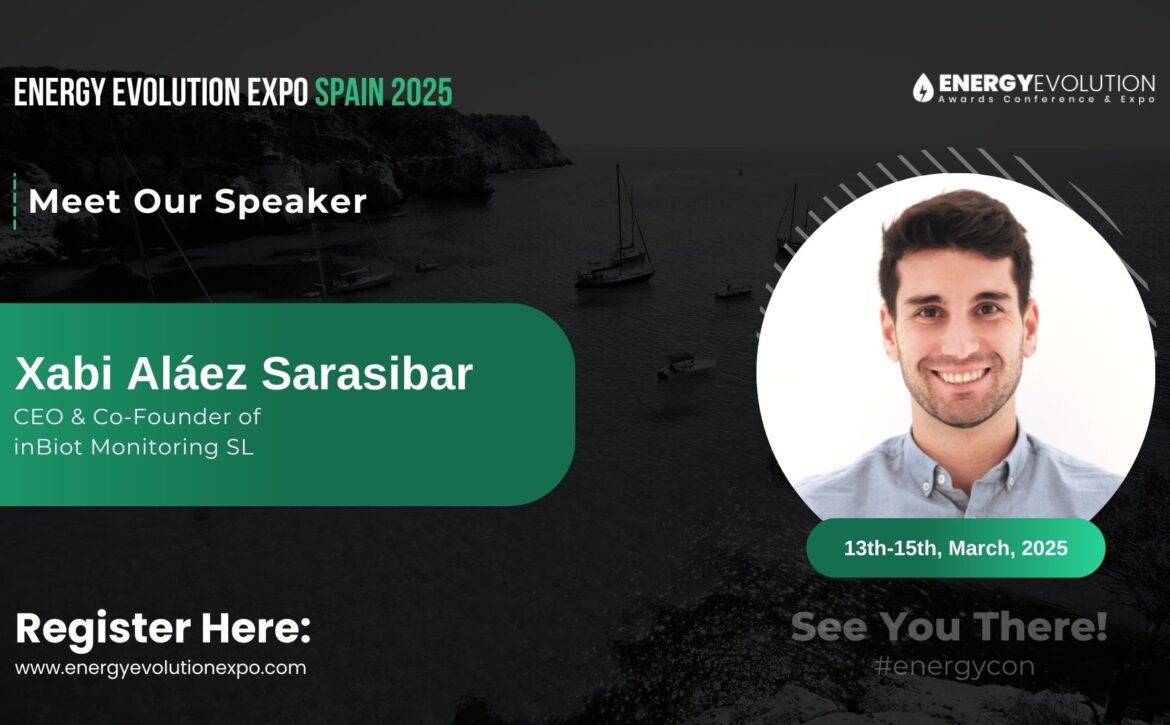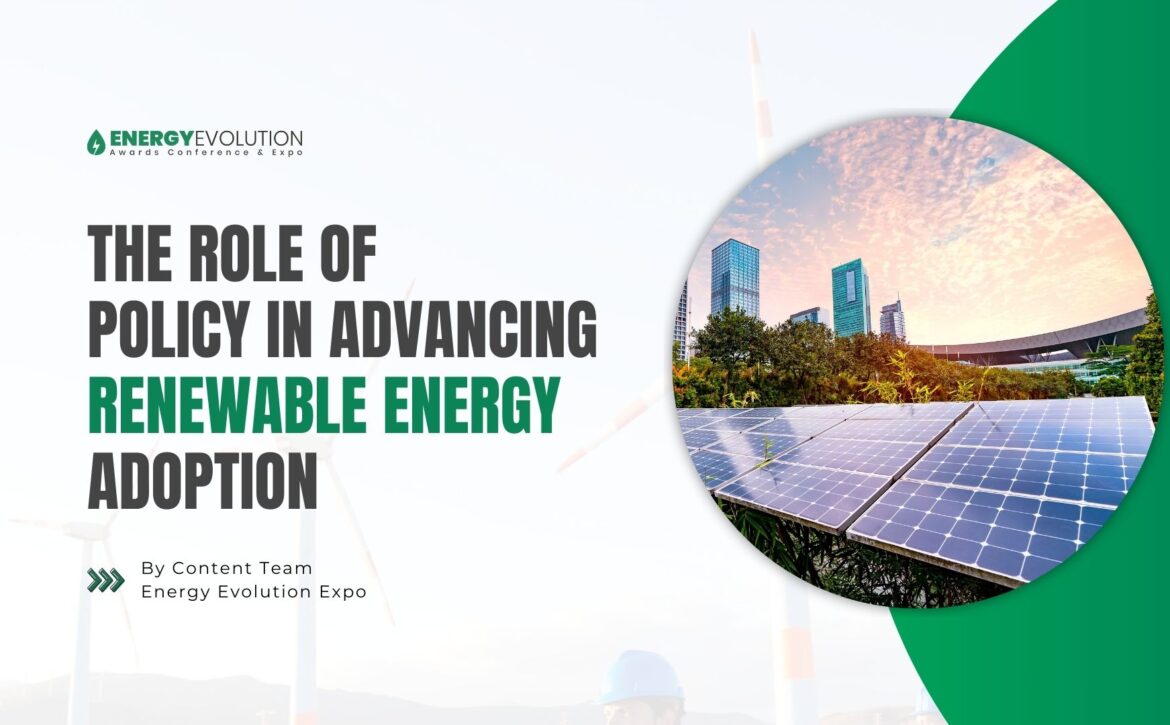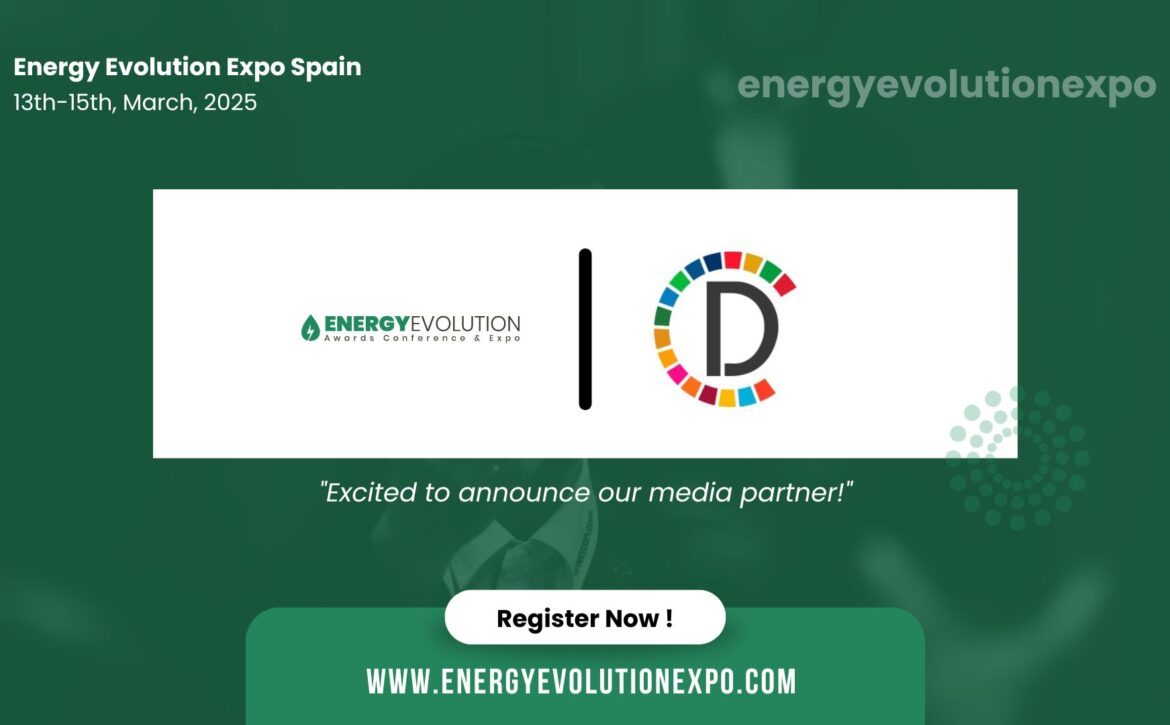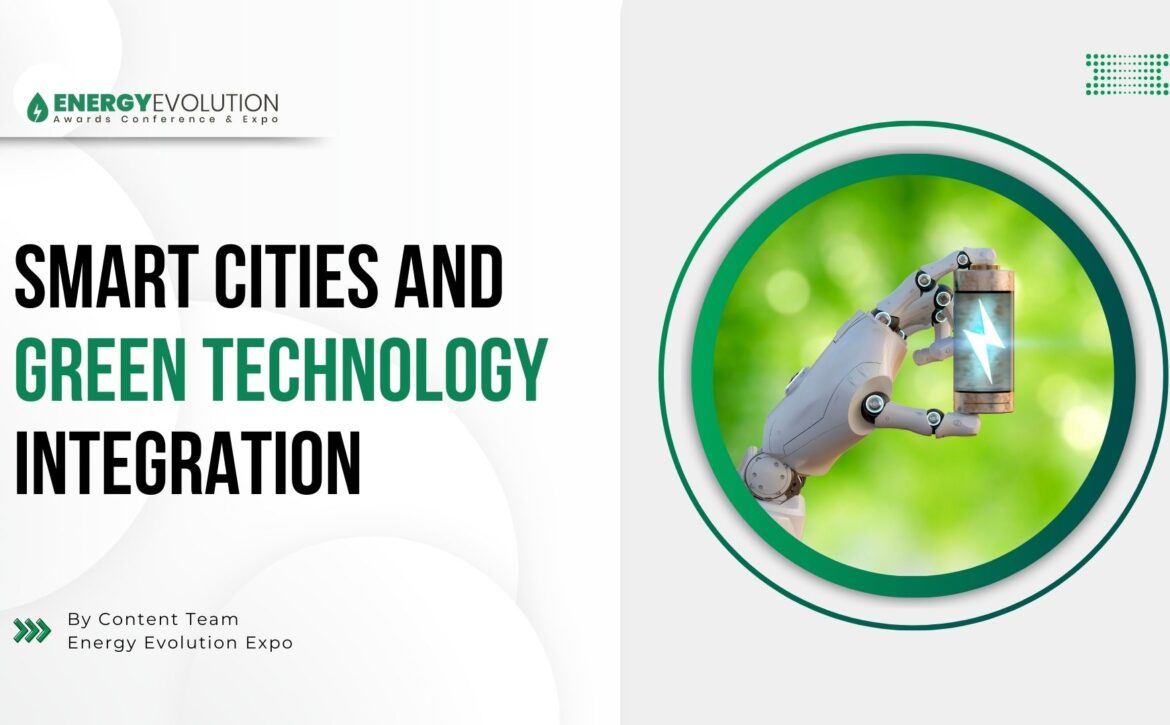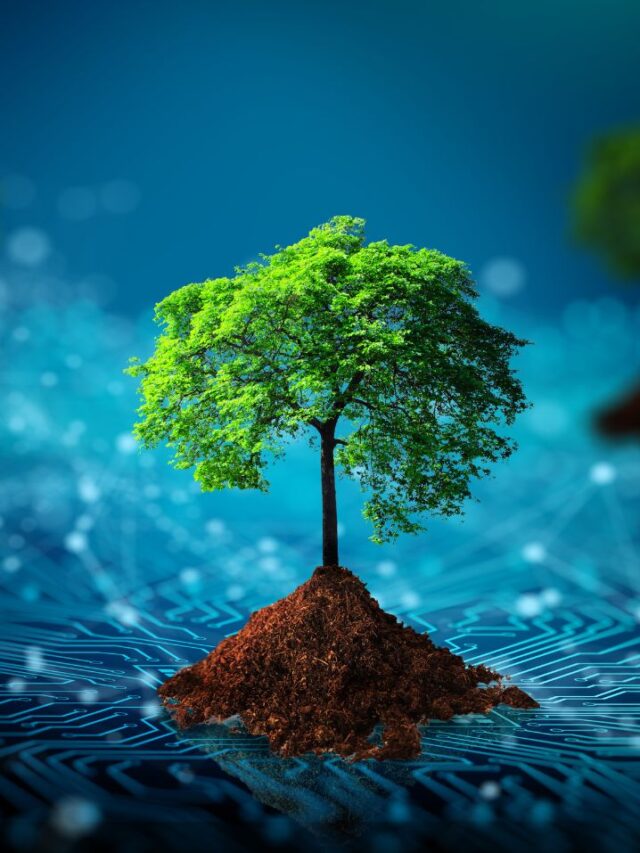The Rising Share Prices of Renewable Energy Companies: What’s Driving the Surge
The renewable energy sector has been experiencing a remarkable surge in recent years, and the trend shows no signs of slowing down. As global demand for clean energy solutions grows, so do the share prices of companies operating in this space. But what exactly is driving this upward trajectory?
Factors Behind the Surge in Renewable Energy Stocks
1. Government Policies and Regulations
Governments worldwide are increasingly implementing policies to encourage the adoption of renewable energy sources. Initiatives such as carbon taxes, subsidies for renewable energy projects, and stringent emission standards are driving investment into the sector. For instance, the European Union’s Green Deal aims to make Europe climate-neutral by 2050, providing a massive boost to renewable energy companies.
2. Technological Advancements
Advances in technology have significantly reduced the cost of renewable energy production. Solar panels, wind turbines, and energy storage systems have become more efficient and affordable. This reduction in costs has made renewable energy sources more competitive with traditional fossil fuels, attracting investors looking for long-term growth opportunities.
3. Increasing Demand from Consumers and Businesses
Consumers and businesses alike are becoming more environmentally conscious. Many corporations are setting ambitious sustainability goals, which include switching to renewable energy sources. This increased demand is reflected in the rising share prices of companies that offer renewable energy solutions.
4. Growing Awareness of Climate Change
The global awareness of climate change has reached an all-time high. As more people understand the urgency of transitioning to cleaner energy sources, the demand for renewable energy solutions increases. This shift in public perception is driving investment into the sector, further boosting share prices.
Opportunities in the Renewable Energy Sector
For investors, the renewable energy sector presents a wealth of opportunities. Companies specializing in solar, wind, hydro, and other forms of renewable energy are seeing unprecedented growth. Additionally, the energy storage sector is experiencing a boom, as advancements in battery technology make it more feasible to store and distribute renewable energy.
The Energy Evolution Expo: A Platform for Growth
As the renewable energy sector continues to flourish, platforms like the Energy Evolution Expo play a crucial role in fostering collaboration and innovation. Scheduled to take place in Madrid, Spain, from March 13 to 15, 2025, and later in November in Dubai, this expo brings together startups, SMEs, technology providers, and investors to discuss the latest trends and advancements in the sector.
The Energy Evolution Expo will feature an awards ceremony recognizing outstanding contributions to the energy sector, as well as discussions on renewable energy technologies, energy storage solutions, and climate change mitigation. With over 2000 attendees expected, the expo provides ample networking opportunities for professionals, entrepreneurs, and thought leaders in the energy sector.
For those in Europe, the Madrid event offers a prime opportunity to engage with industry leaders and explore the latest innovations. Meanwhile, the Dubai event will cater to stakeholders in the Middle East and Asia, providing a platform for cross-regional collaboration and knowledge sharing.
Conclusion
The rising share prices of renewable energy companies are a testament to the growing importance of clean energy solutions. Driven by government policies, technological advancements, consumer demand, and climate change awareness, the sector is poised for sustained growth. Events like the Energy Evolution Expo are instrumental in accelerating this growth by facilitating collaboration and innovation within the renewable energy industry.
Whether you’re an investor, entrepreneur, or industry professional, the Energy Evolution Expo in Madrid and Dubai offers an unparalleled opportunity to engage with the future of energy. Join us to be part of the energy evolution and contribute to a more sustainable future.


